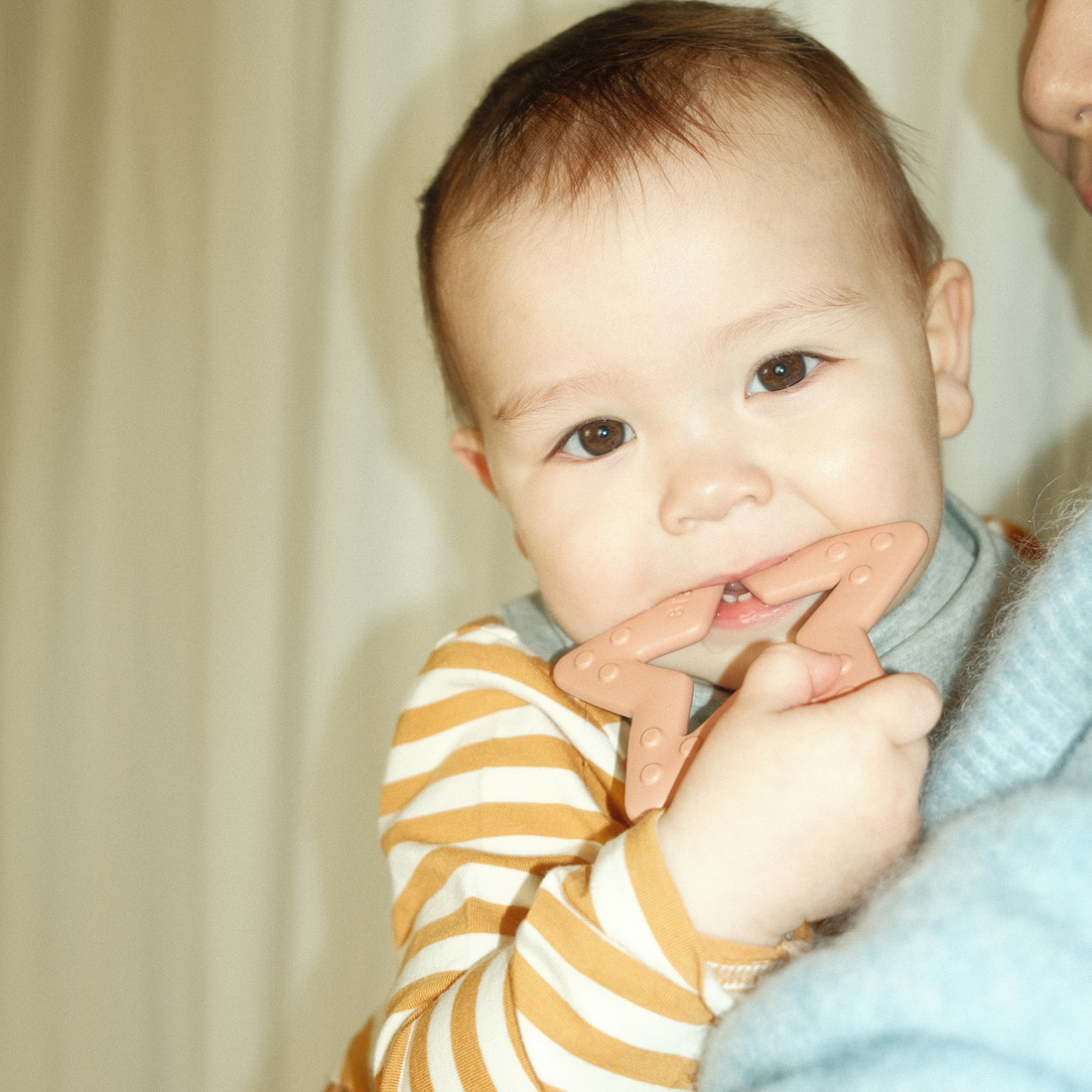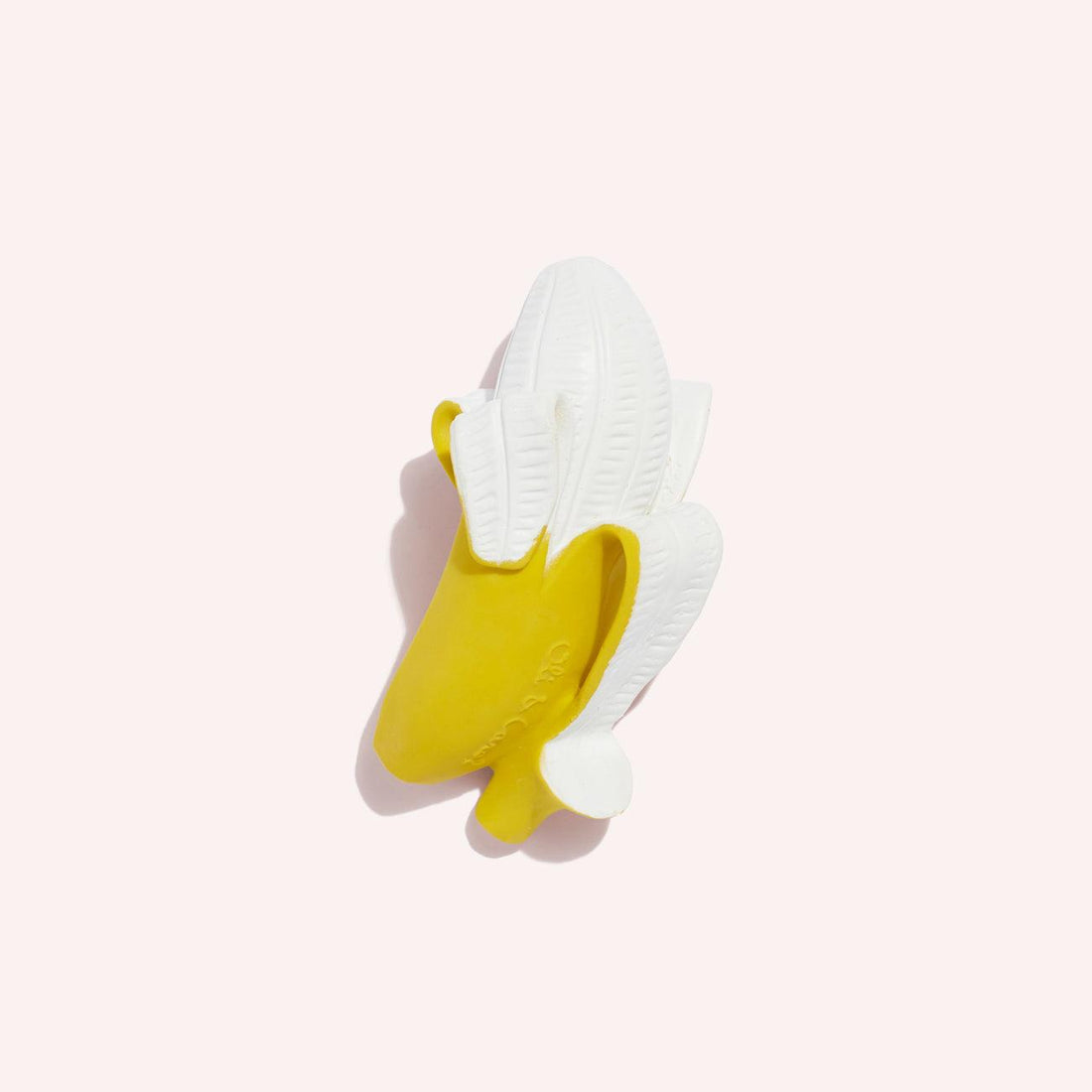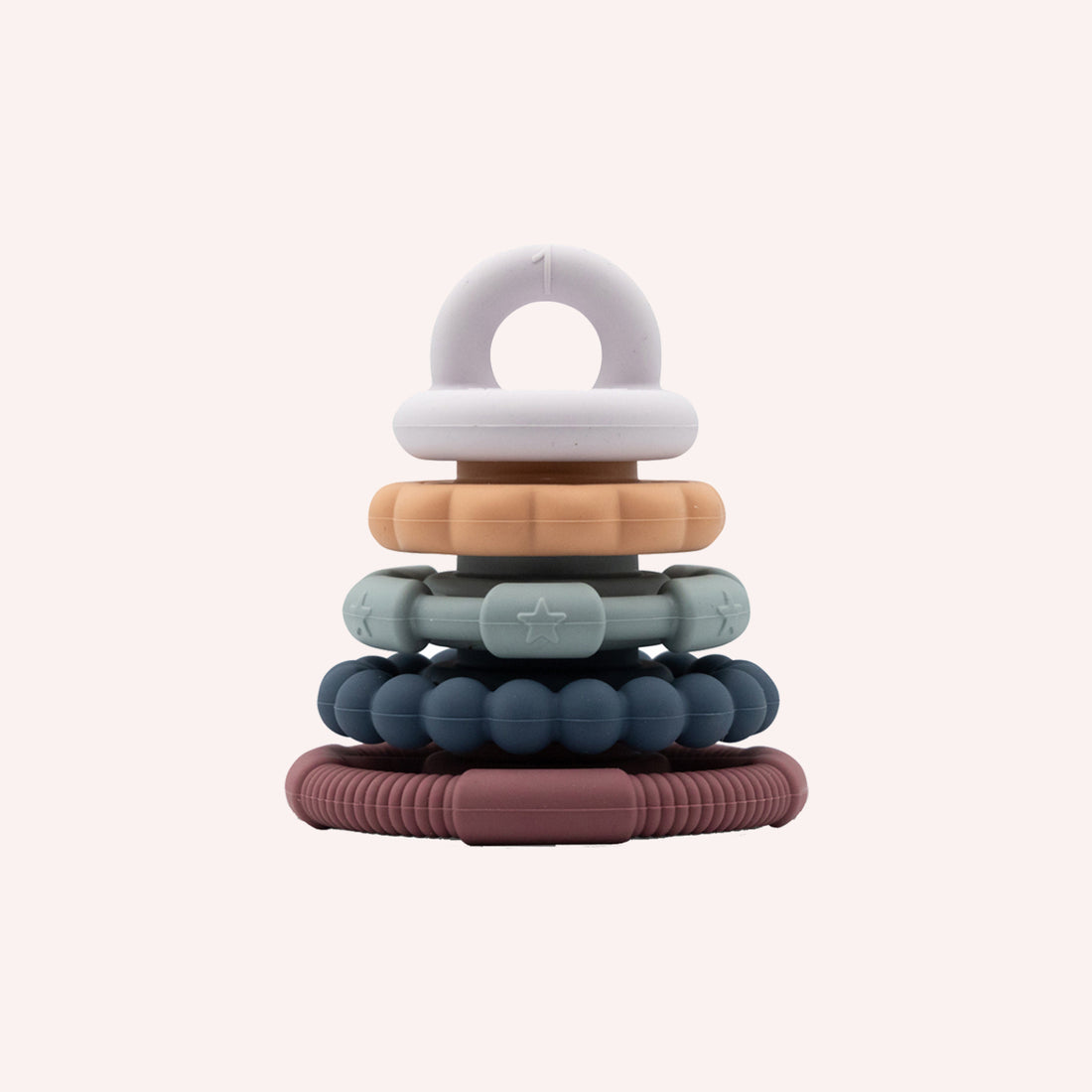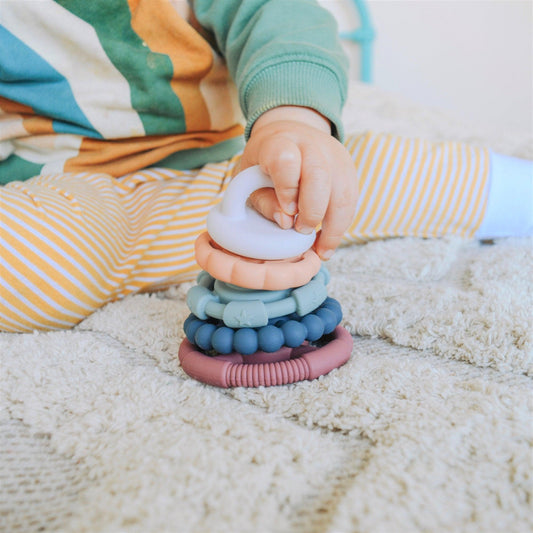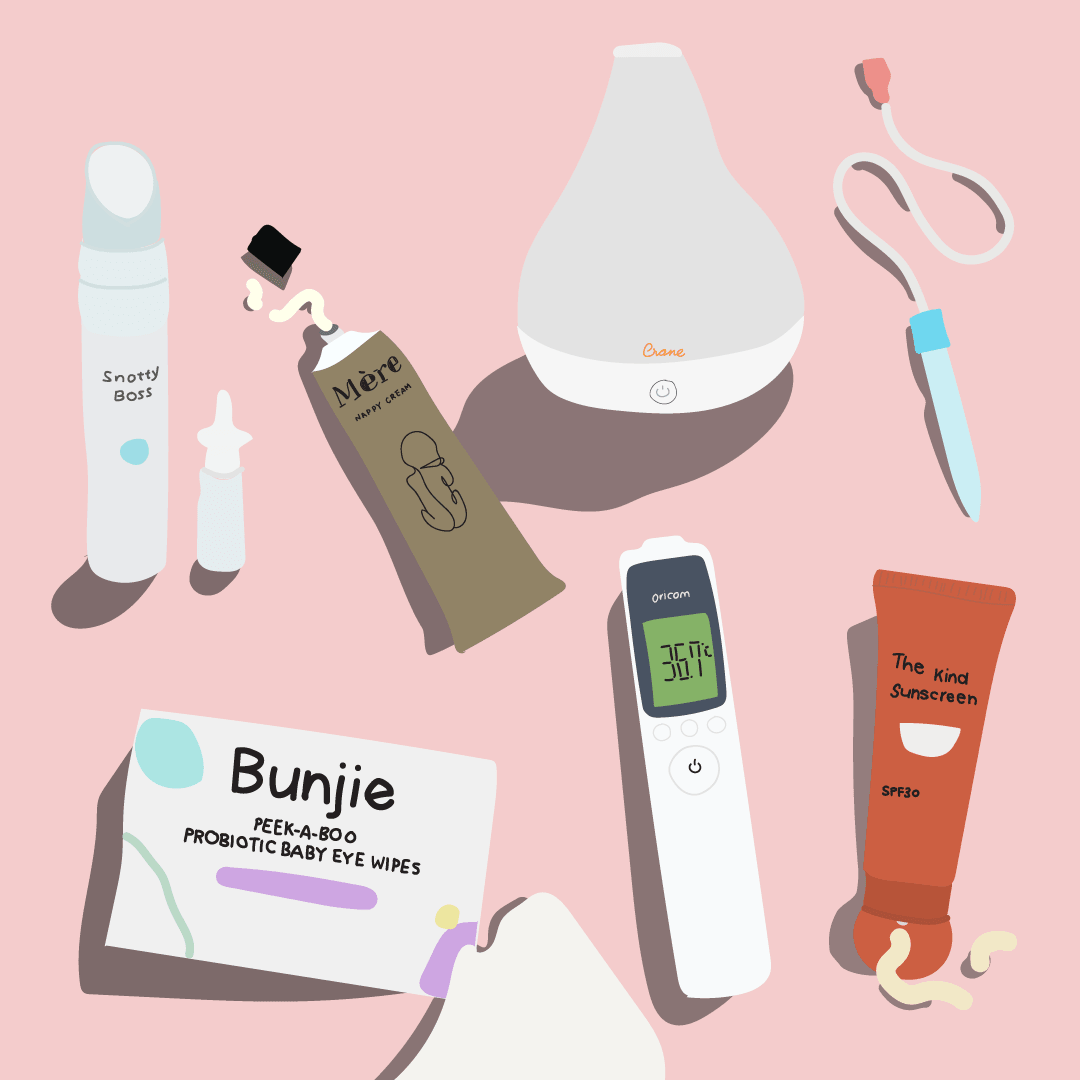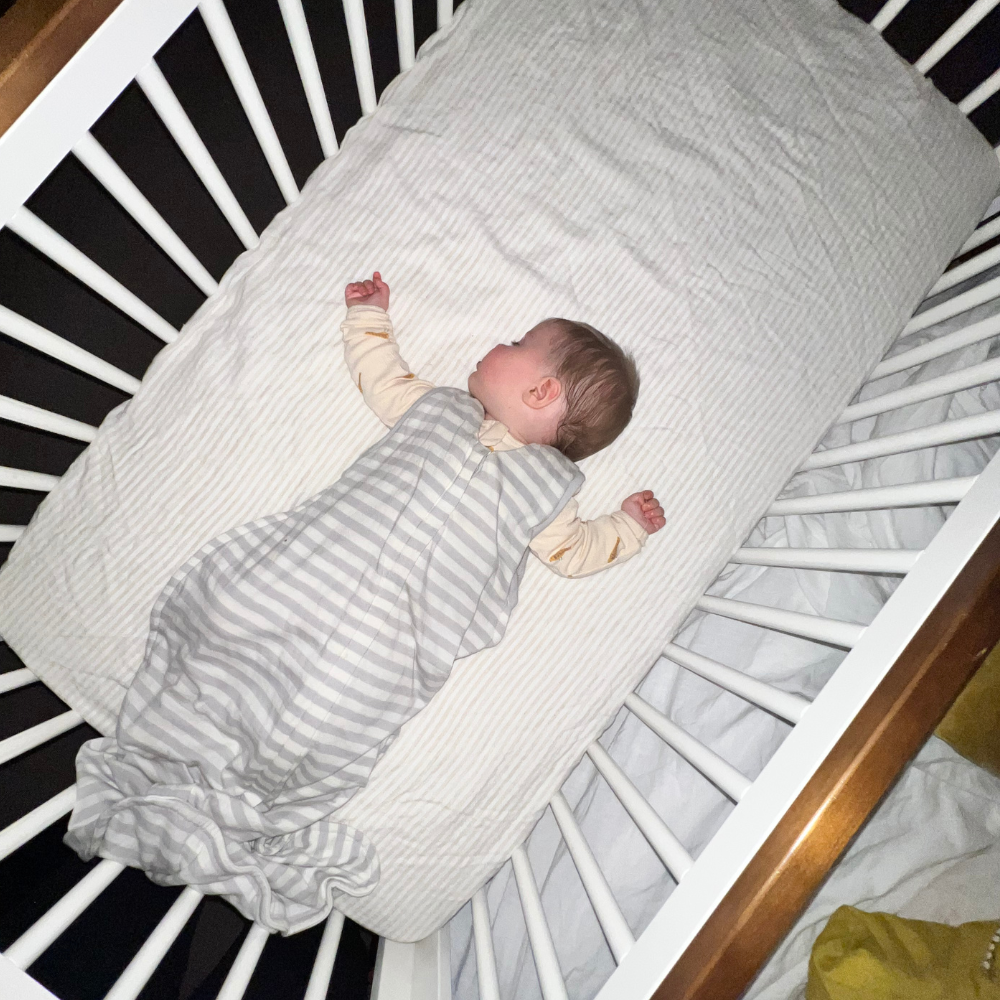And how to deal with it.
Like leaps and sleep regressions, teething is one of those things that can totally mess with your baby and hence, your plans. Teething might actually take the cake when it comes to baby brain bogglers, because unlike regressions or leaps, they adhere to no real schedule and have no confirmed symptoms — but many suspected ones. You can’t stop it, but you can deal with it, and you will get through it. Here’s what to know.
When do babies start teething?
Your baby’s first tooth will most likely push through the gum line when they’re between 6 and 10 months, but it can come as early as 3 months, or as late as a year. From then, you’ll have teething issues (literally) into their third year when they complete the induction of all their baby teeth. Then you have about 3 years before they all start falling out and adult teeth take their place. Though kids are usually more thrilled than upset — the tooth fairy pays pretty well nowadays.
What are signs of teething?
Despite what you’ve heard, there are no confirmed symptoms of teething. Which is why on government parenting websites, lists of teething symptoms are headed with the disclaimer: “many people think that ‘teething’ babies…”. And sure, some babies may show no signs of discomfort with some teeth, but for the vast majority, cutting new teeth is going to coincide with any or all of the following:
- Bad moods
- Poor sleep
- Fussy eating
- Unusual nappies
- Lots of drool
- An up tick in chewing and sucking
- A clear runny nose
- Red cheeks
- Tender gums
- A temperature
The reason they can’t be officially assigned as symptoms is because it hasn’t been determined whether they are caused by teething, the result of a minor infection or just normal baby development. The mystery is usually solved when the symptoms ease and a new tooth pops through, but even then, the time frame for tooth pain can be anywhere between 2 weeks and a few days before it’s actually cut. So, in a nutshell, anytime your baby isn’t themselves, it could be teething. But it could also be something else. See? Mindmelt.
What can help teething babies?
While we don’t know much solid information about teething, we can deduce that dealing with teething is about managing an uncomfortable baby — whether they’re actually teething or not. For increased sucking/biting/chewing, you can massage their gums with a clean finger or knuckle and a teething toy can offer some relief. Lingo the Flamingo is a much beloved natural rubber teether with soft and nobbly parts that make for fun chewing, and a bit of distraction, and other teethers give different textures for babies to explore with their mouths. A wet cloth is nice for teething babies to suck and chew on, especially in the warmer months, while teether feeders can be filled with cold fruit which might help babies who have already started solids. If your baby is more unwell than unhappy, it usually means taking your plans, putting them in the bin, and spending the day cuddling together on the couch. Let them sleep when they want to, feed when they want to and get lots of fluids and rest. This is especially true if your kid has a temperature or a runny nose as those symptoms could be a sign of a virus. On days like this, a good thermometer is your BFF. Children’s paracetamol and ibuprofen, or a homeopathic remedy might also be an option, but talk to your GP or chemist first. Finally, get some relief for you too. You could be in for some wakeful nights, or be needed as a fulltime comfort attachment for your kid, so tag in a grandparent/family member or friend to organise food, run urgent errands or come give cuddles while you get some rest. Remember, you’re no good to anyone if you’re not good to yourself.
How do you care for baby teeth?
Time to floss! Kidding, but you should buy them a soft toothbrush and start brushing their teeth morning and night with water — no toothpaste until they’re 18 months. To do this, sit on the floor with the baby’s head in your lap, this gives you a good view of their mouth. Lift their lip and move the toothbrush in circular motions. Try to do the front and back of their teeth and their gum line. Once teeth are in you can also introduce some harder foods that will allow them to strengthen their new chompers and, of course, teeth are another reason to avoid giving your baby sugary food or drink. “Sugar rots your teeth,” is a parental statement that has legs.
